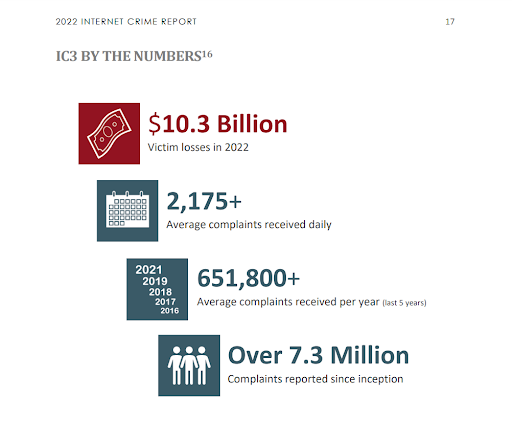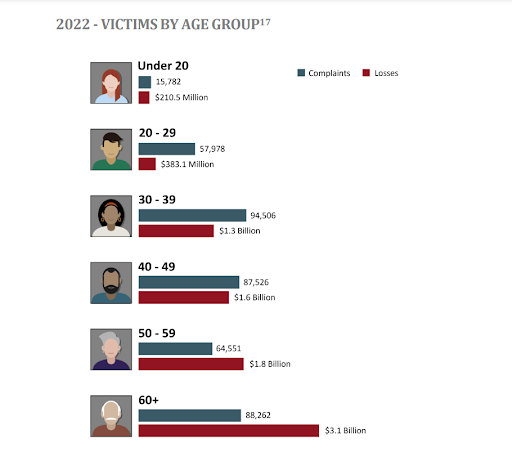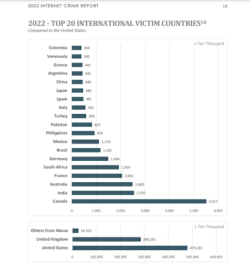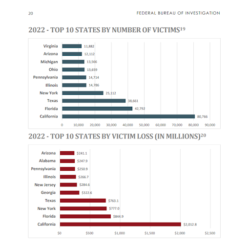
By Shawn Smith-Hill, Contributing Writer
Sunday, December 3, 2023
In a digital age marked by connectivity and information sharing, the rise of online hate speech and cyberbullying has become a pressing concern, notably in the diverse landscape of California.
As the digital realm continues to evolve, so too does the variety of online threats, with instances of hate speech and cyberbullying permeating our virtual spaces.
Cybercrime has emerged as a formidable adversary, infiltrating our interconnected lives with its diverse manifestations. The Federal Bureau of Investigation (FBI) defines cybercrime as any criminal activity that involves a computer, network, or digital device. Their focus encompasses crimes committed over the internet, through online platforms, or by leveraging technology. The FBI’s definition of cybercrime is broad, covering a range of illicit activities conducted in the digital realm. Some key aspects of the FBI’s definition include:
Cyberbullying, targeted harassment, intimidation, or threats delivered through digital channels that cause emotional distress to individuals.
Hate speech and online harassment/expressions of prejudice, bigotry, or harassment targeting individuals or groups based on attributes such as race, religion, or ethnicity.
Online terrorism and extremism, the utilization of the internet for planning, coordinating, or carrying out terrorist activities, as well as promoting extremist ideologies.
Child exploitation, or criminal activities involving the exploitation or abuse of children, facilitated through the use of digital technologies.
These crimes, as well as a plethora of others, have been a primary focus of the FBI’s strategy to combat cybercrime and online hate. Their approach to combating cybercrime involves investigative efforts, intelligence gathering, and collaboration with domestic and international partners. As technology evolves, so too does the complexity of cyber threats, necessitating ongoing adaptation and innovation in the FBI’s strategies to safeguard individuals, businesses, and critical infrastructure from digital adversaries.
Despite best efforts, data from the FBI’s Internet Crime Complaint Center (IC3) 2022 annual report shows that since 2018, the number of complaints has had a steady increase, while the number of dollars (U.S.) has risen from $2.7 billion in 2018 to an alarming $10.3 billion as of 2022.
The IC3 has received 652,000 complaints annually on average over the past five years. These complaints address a wide array of Internet scams affecting victims across the globe.

According to the report, the age group of 30-39 is the primary target for cybercrime, with 94,506 victims and nearly $1.4 billion in losses. Other groups don’t fall far behind, with 60+ year-olds leading in total losses, coming in at $3.1 billion and a staggering 88,262 victims.

The United States (U.S.) leads globally in the number of victims affected by cybercrime, totaling 479,181. California makes up nearly 6% of all victims in the U.S., with 80,766 complaints recorded in 2022. At no surprise, California also ranks at number one for the amount of total victim losses by state at $2,012,806,866, with Flordia holding the number two ranking at $844,972,494, nowhere near California’s losses.


Potential hate-motivated cybercrime, including harassment or stalking, threats of violence, and extortion, has affected a large portion of victims over the last 5 years.

In response to the escalating tide of online hate speech and cyberbullying, California has taken a proactive stance with the implementation of the Stop the Hate (STH) program. This initiative, born out of a collective commitment to fostering a safer and more inclusive digital landscape, stands as a beacon against the looming concern of online threats.
It’s multifaceted goals include elevating public awareness and understanding of the dynamics of online hate, empowering individuals to navigate the digital realm with resilience and discernment, and establishing robust reporting mechanisms to encourage individuals to report instances of online hate speech and cyberbullying, fostering a culture of accountability and intervention.
Digital safety workshops, research and data analysis, and an emphasis on the importance of online reporting platforms make up the strategic arsenal of the STH program in its fight against online hate.
For those caught in the crossfire of online hate, knowing where to turn is paramount. Reporting mechanisms serve as a lifeline, empowering victims to reclaim the initiative in the face of digital victimization. The Stop the Hate program provides accessible reporting platforms, ensuring that as many incidents as possible are reported. STH and the FBI are taking steps toward diminishing cyberthreats that occur far too often.
The journey is ongoing, but a number of programs are marking the path forward to creating a promising digital landscape where every voice is heard, every individual is protected, and the echos of hate and harassment online are silenced.
Victims of a cyber crime can report their incident to the IC3 at https://www.ic3.gov/.
Stay Informed! For stories like these and more, click here. https://sdvoice.info/
This resource is supported in whole or in part by funding provided by the State of California, administered by the California State Library in partnership with the California Department of Social Services and the California Commission on Asian and Pacific Islander American Affairs as part of the Stop the Hate program. To report a hate incident or hate crime and get support, go to CA vs Hate.


